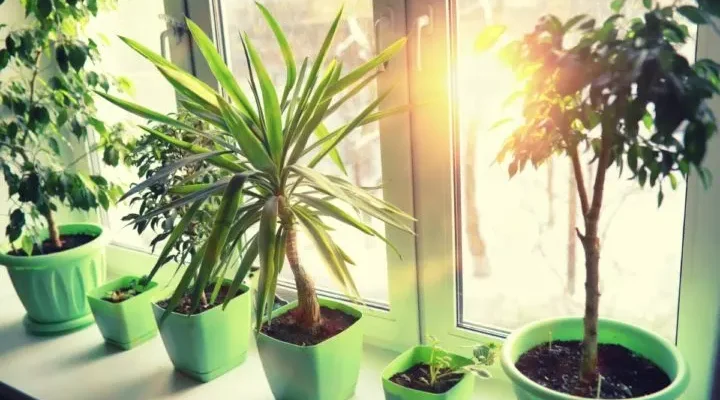As the weather warms up, it’s only natural for us to spend more time outdoors. Of course, going outside is a bit different in the summer than it is during other times of the year. Lighter clothes are always a good idea, and drinking extra water is a great way to ensure you don’t get dehydrated. Oh, and don’t forget the sunscreen and a sunhat.
While you’re at it, don’t forget your houseplants.
With longer, warmer days, your plants also have different needs during the summertime. But far too often, houseplant owners continue with their normal plant care routine. Unfortunately, if a plant’s needs aren’t met, you may find yourself with fewer houseplants come fall.
Summertime is the Time to Grow
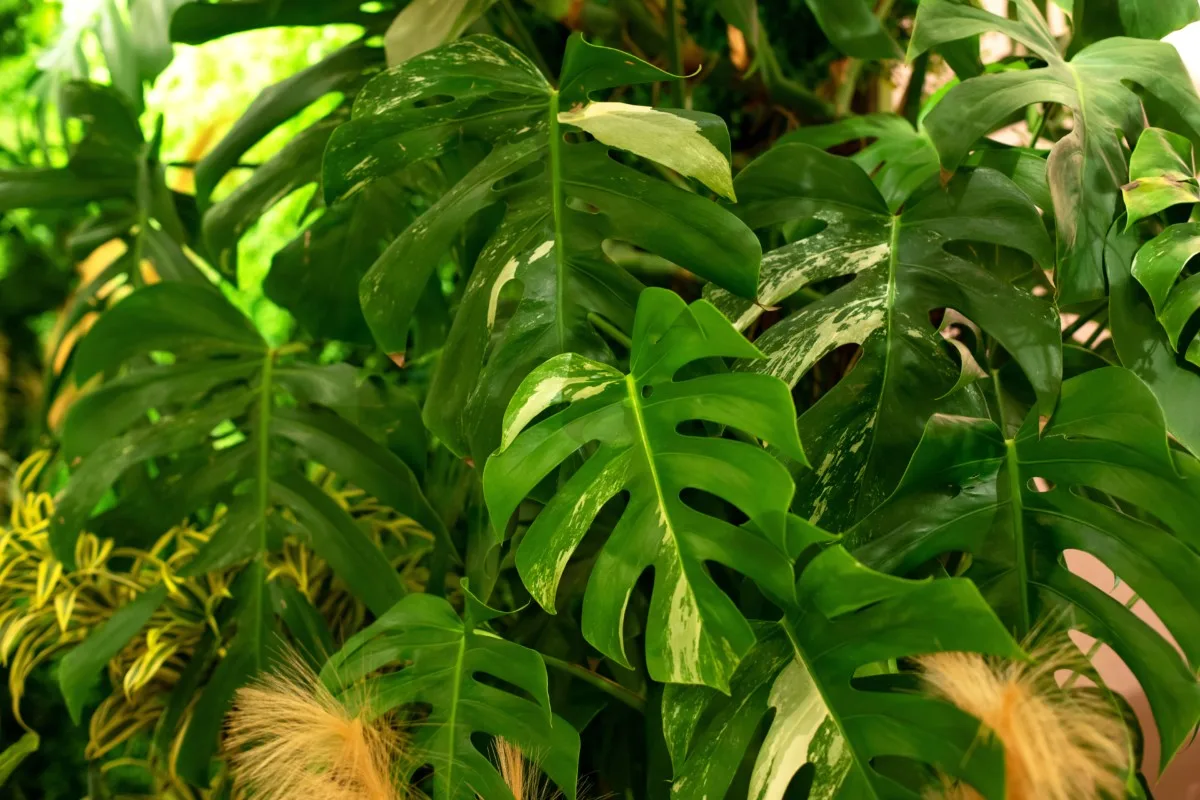
One of the most important aspects of summertime plant care is knowing this is a time of rapid growth for nearly all houseplants. Or, at least it should be if they receive the proper care.
Most plants go dormant during the cooler days and long nights of winter. They require less water, and their growth becomes stagnant. Some plants, like the Christmas cactus, flower during this time. Their hard work, growing and storing nutrients all summer long, pays off in showy blooms.
But for the most part, if it’s cool and dark, your plants are happy to chill in their pots. But come spring, as periods of light grow longer, your sleepy houseplant will come out of dormancy. By the time warm weather is here to stay, your plant is ready to grow. Naturally, this requires different care.
I’ve rounded up the most common summertime houseplant issues you need to know. By the end of this article, you’ll be well on your way to healthier, bigger and lusher houseplants come the end of summer.
1. Hold Off on Repotting Plants During the Summer
Because your plants are actively using nutrients and energy to grow, repotting plants in the summer can slow down or even stop this process. Even the most delicate repotting ends up in some transplant shock.
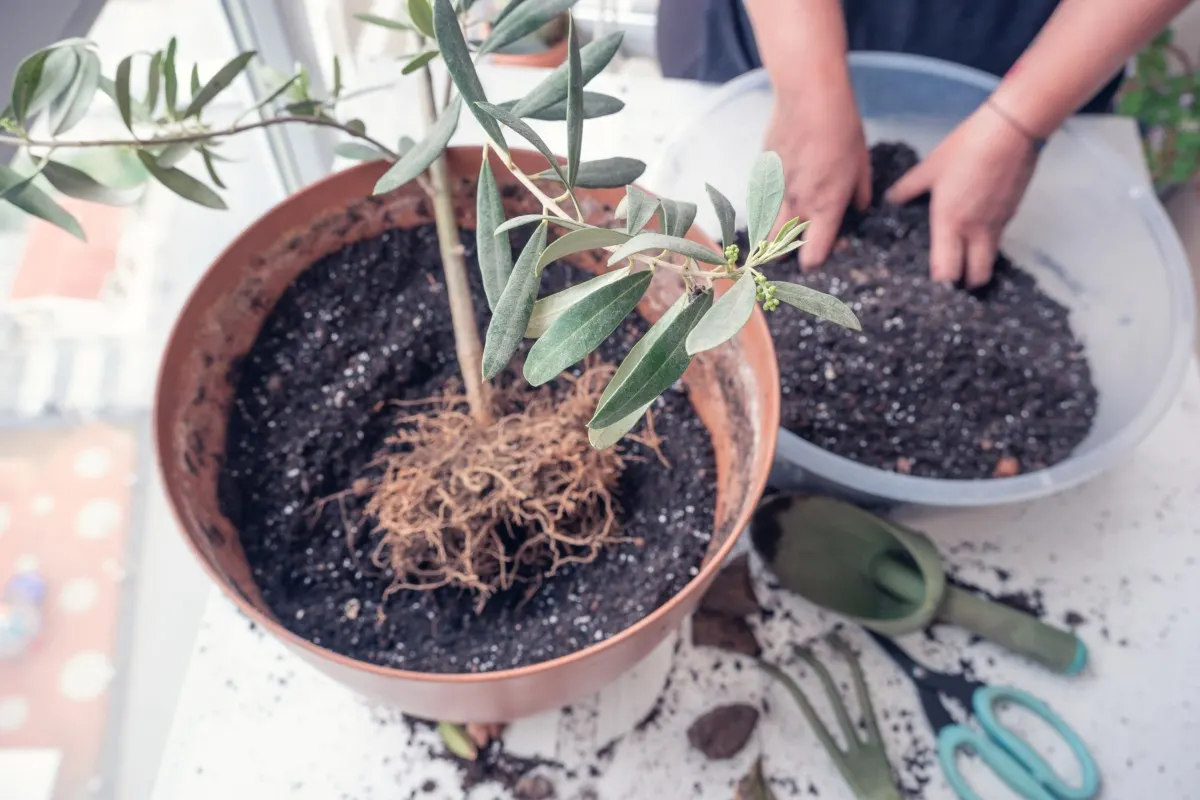
Instead of putting its energy into new growth, your plant will need to use that energy to recover from moving to a new pot. It will also put more energy into growing the root system into filling the new and larger pot.
Repotting plants is best done in the early spring as the plant comes out of dormancy but before the period of growth has begun. Madison has a great article on how to tell if your plant needs to be repotted. She walks you through the entire process of repotting houseplants here.
2. Leaving Plants in the Window
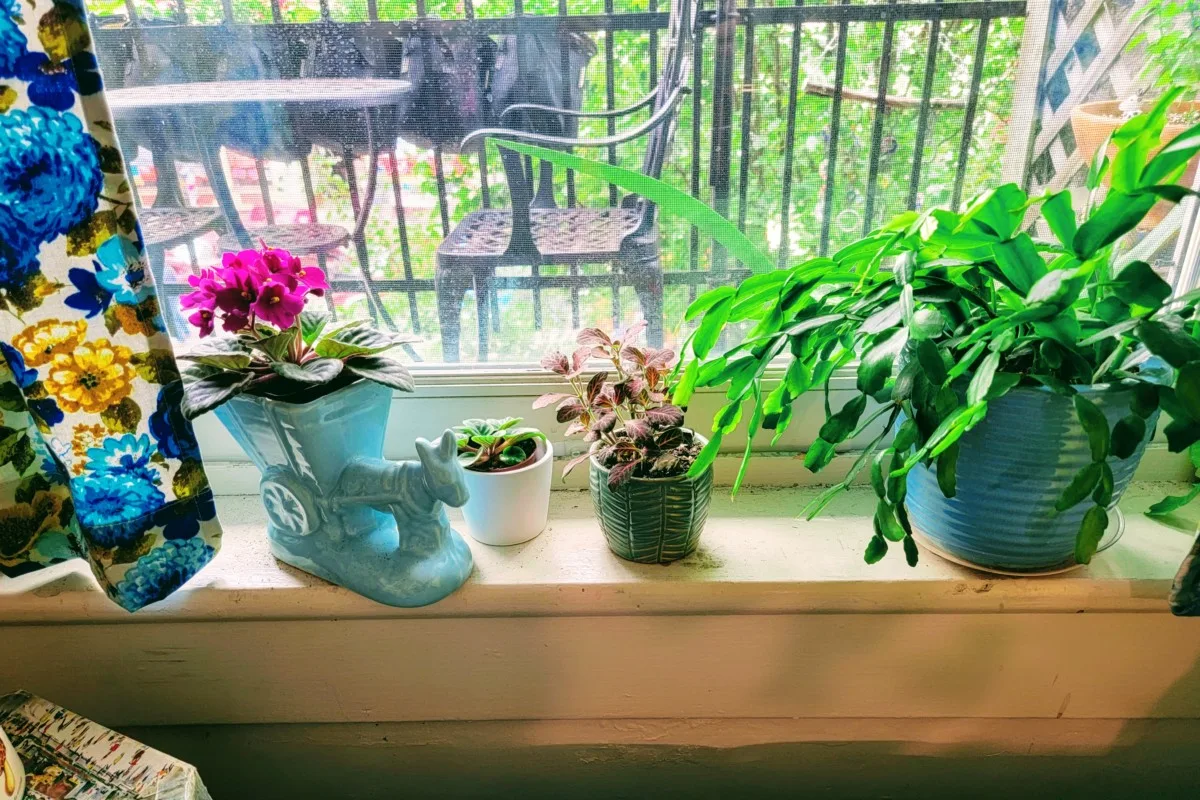
I have a few African violets that hang out on the windowsill in my living room. They’re happiest here and get enough light to keep them in a continuous blooming cycle. But around mid-June, I move them to the coffee table.
The light is more intense this time of year and stays brighter on that side of the house. It only took one crispy African violet for me to learn that lesson the hard way.
If you keep houseplants in windows during most of the year, be sure you check on them as the weather gets warmer and the days grow longer. What might be a perfect window in December could lead to sun-scorched leaves in July.
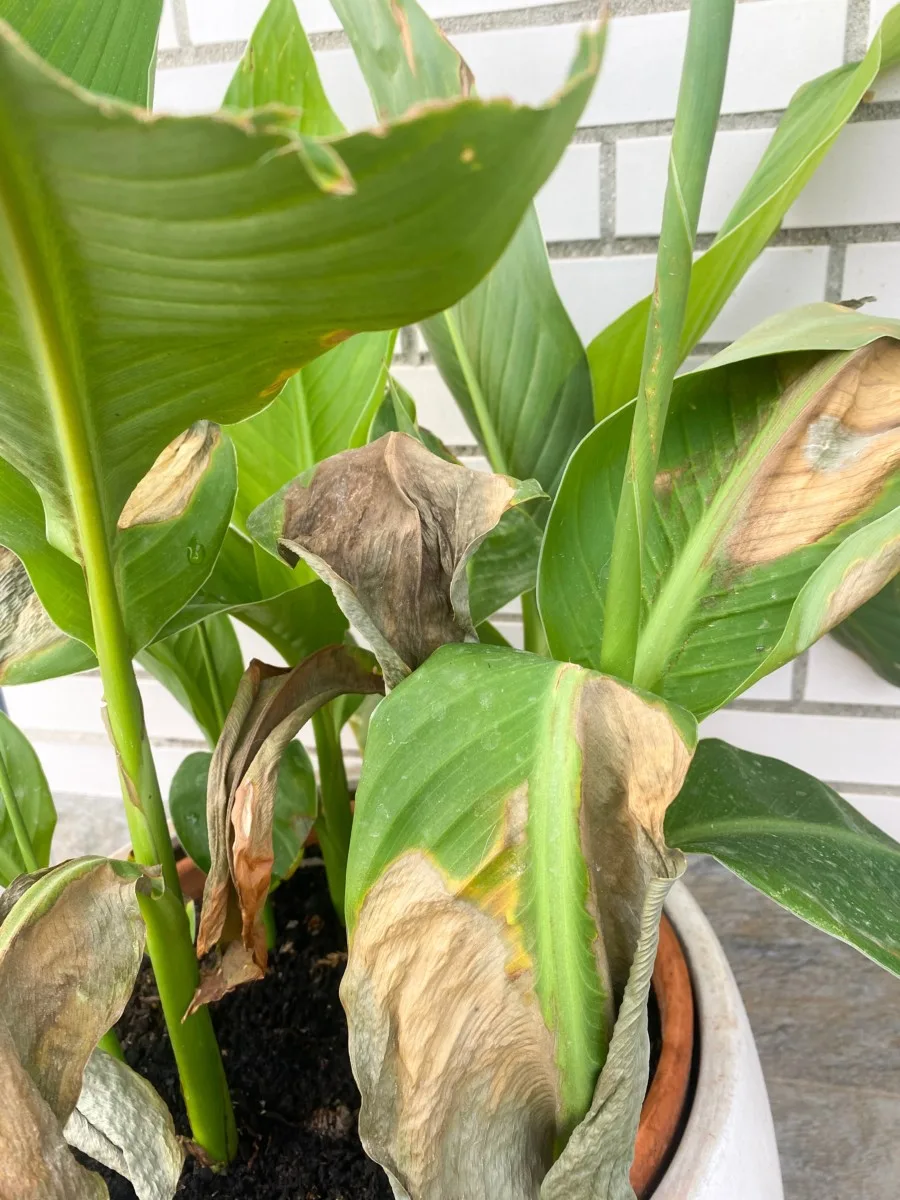
Of course, if you have a jade plant, you may want to leave it in an extra sunny window for this cool trick.
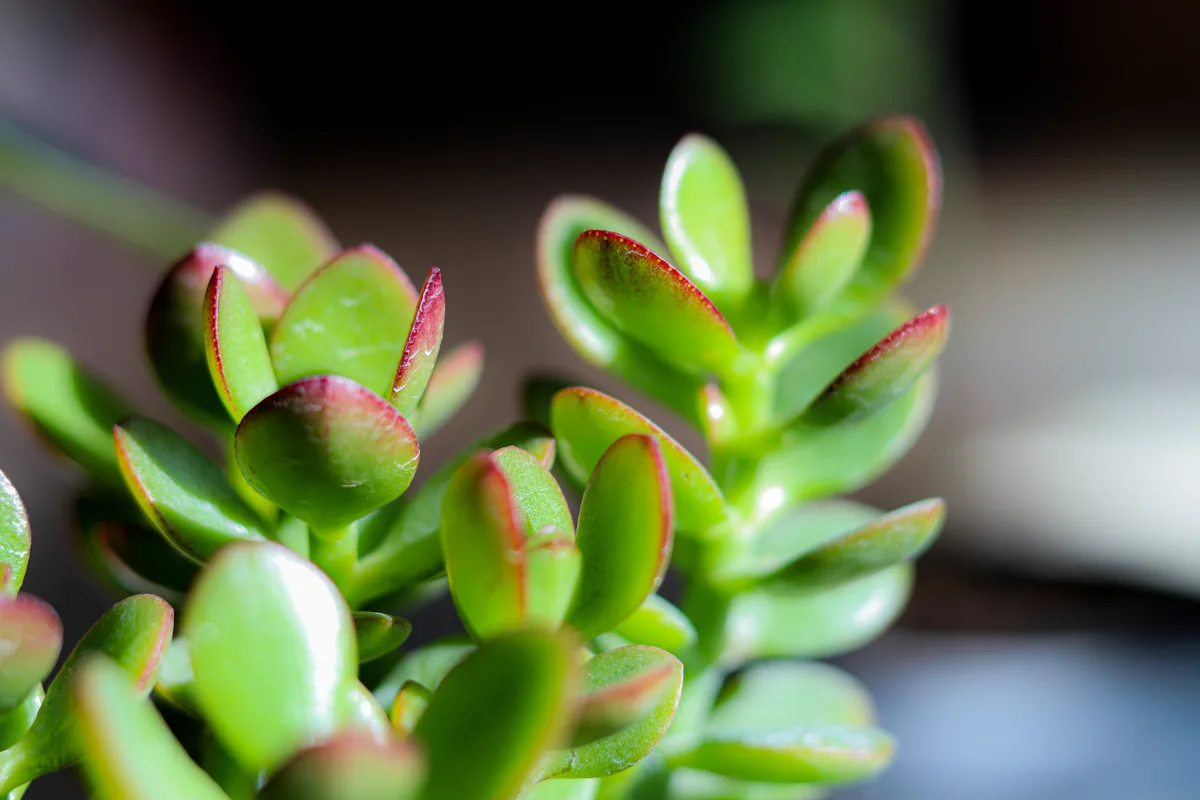
If you’re forgetful like me, set a reminder on your calendar to move plants from the windows in the summer and another for when it’s time to move them back in the fall or winter.
3. Not Watering More Frequently
Just as you need to drink more water to stay hydrated in the summer, so do your plants. Warmer temperatures tend to dry out soil quicker than the winter months. Don’t forget to consider that this is also a period of intense growth for your plants. They need more water to assist in the uptake and use of nutrients to put out new leaves, tips and blooms.
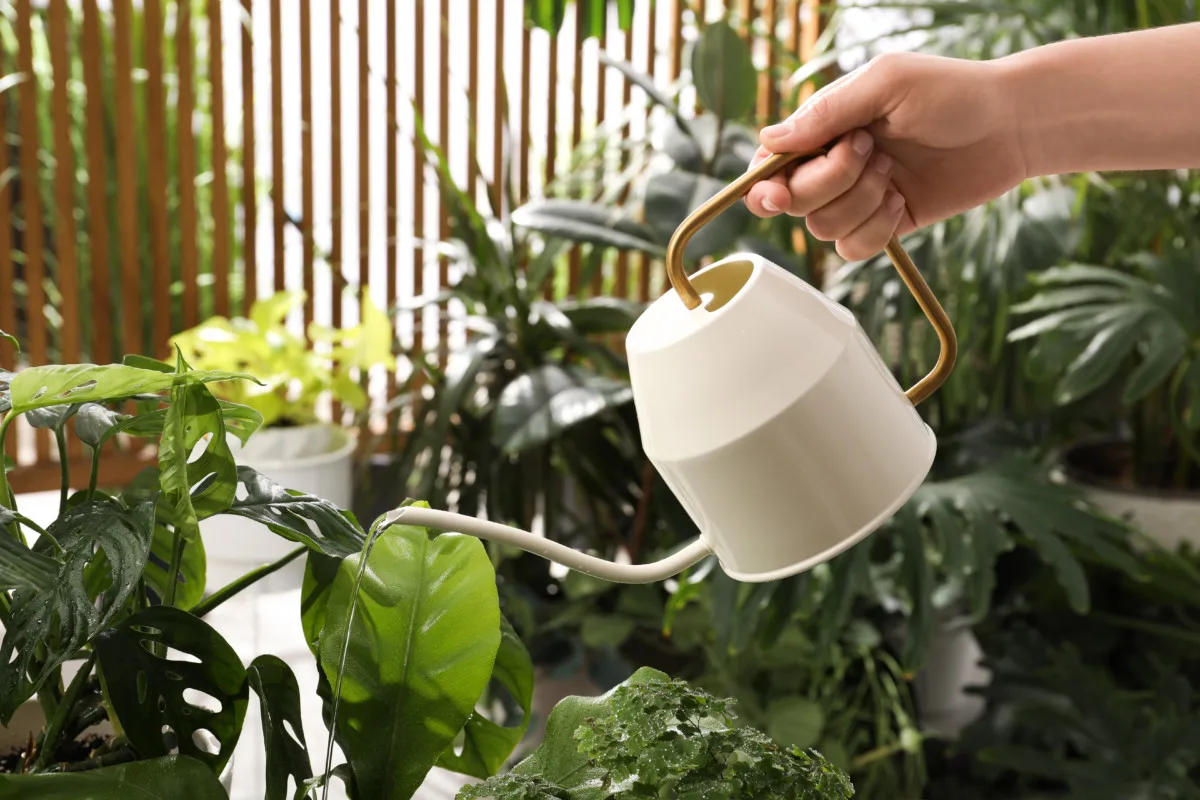
While they will use more water during the summer, you should still check the soil with a finger each time before you water. Indiscriminate watering quickly leads to all kinds of problems in houseplants – root rot, fungus gnats, powdery mildew, or even killing the plant, to name a few. Check your plants frequently during hot spells.
4. Not Fertilizing During the Growth Period
Fertilizer is so important during the summertime. If you’ve ever raised a teenage boy, then you know those years while they are growing, all they do is eat. Plants are teenage boys every summer. They eat and eat and eat.
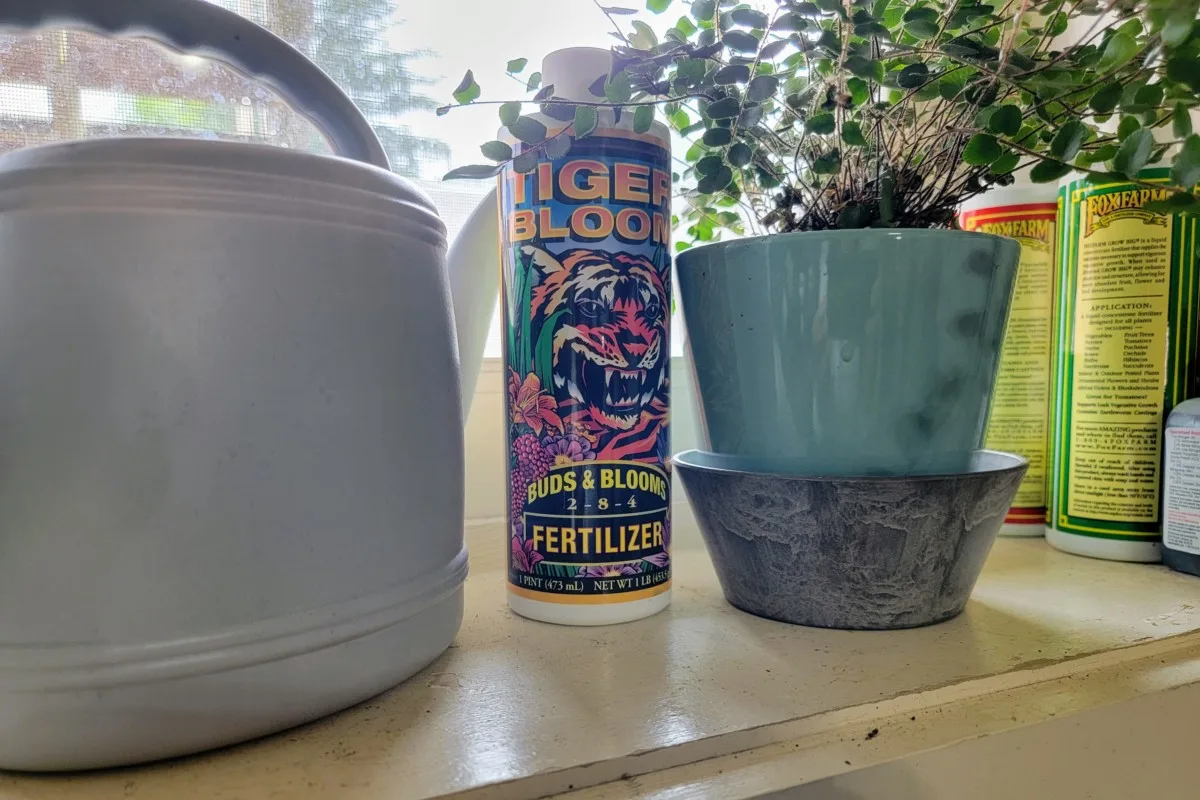
If summer growth spurts in houseplants is news to you, it’s most likely because you haven’t been giving your plants what they need to grow. If you start fertilizing them regularly, you can ensure your plant will take off.
I find it easiest to fertilize at a quarter strength with every watering. It’s easier to remember to do it when you do it every time you grab the watering can. However, if you’re fertilizing regularly, you need to flush the soil with plain water once in a while to prevent the build up of salts. If you fertilize with every watering, plan to use plain water once a month.
Mickey has a great guide on when and how to fertilize houseplants.
5. Air Conditioning Your Plants
When the temperatures climb, many of us use window unit air conditioners to keep our indoor temperatures bearable. Pay attention to plants set near these window units.
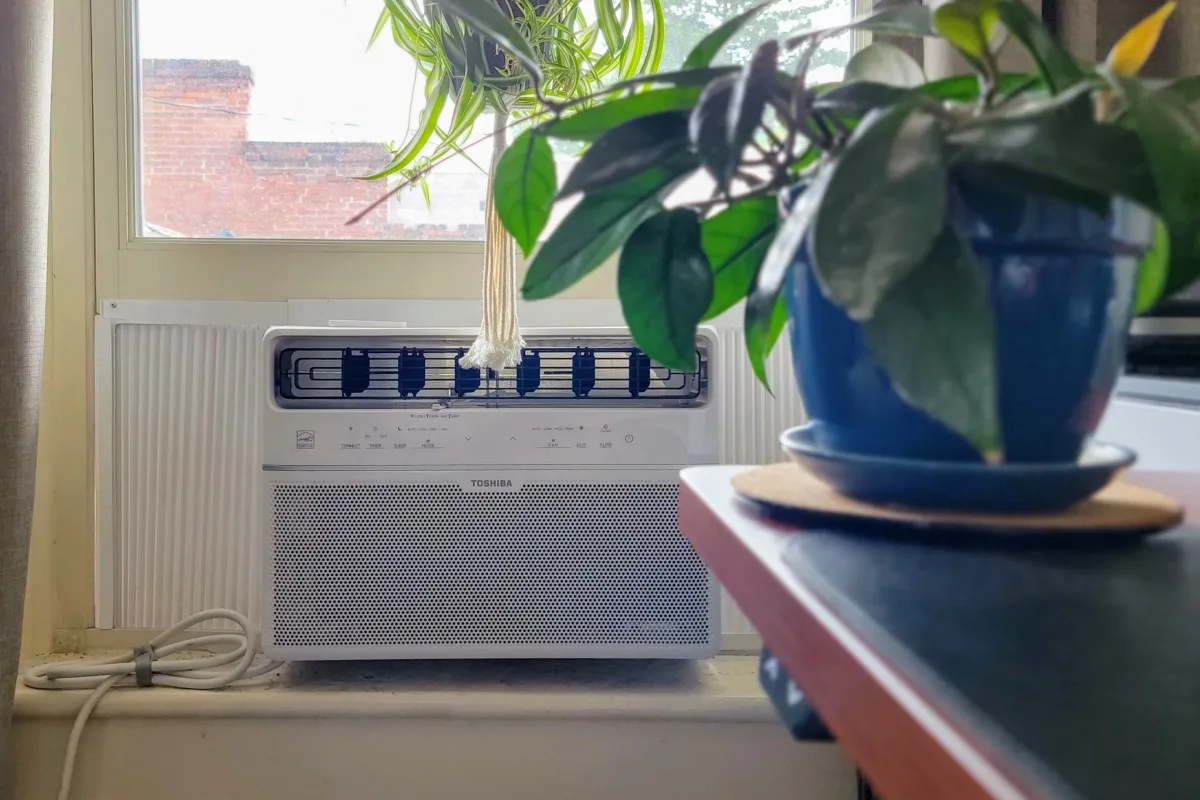
I have a lovely hoya on my desk next to my lamp. It happens to be about a foot away from my window. It was a happy little plant until about July, when it started dropping leaves. I noticed mold beginning to grow on top of the soil too.
It was only then that I realized I was stressing my plant out every night when I kicked the air conditioning on at bedtime. My poor little hoya shivered in its pot all night long with the fan on high, blowing chilled air directly on it. A quick move out of the direct path of my air conditioner, and the plant bounced back.
Moving Plants Outside
Plenty of folks move their houseplants outside for the summer each year. While this is an excellent idea, it does take a little forethought. Plants living in a sheltered, controlled environment don’t always respond well to moving to the big outdoors.
6. Moving Plants Outside Without Acclimating Them First
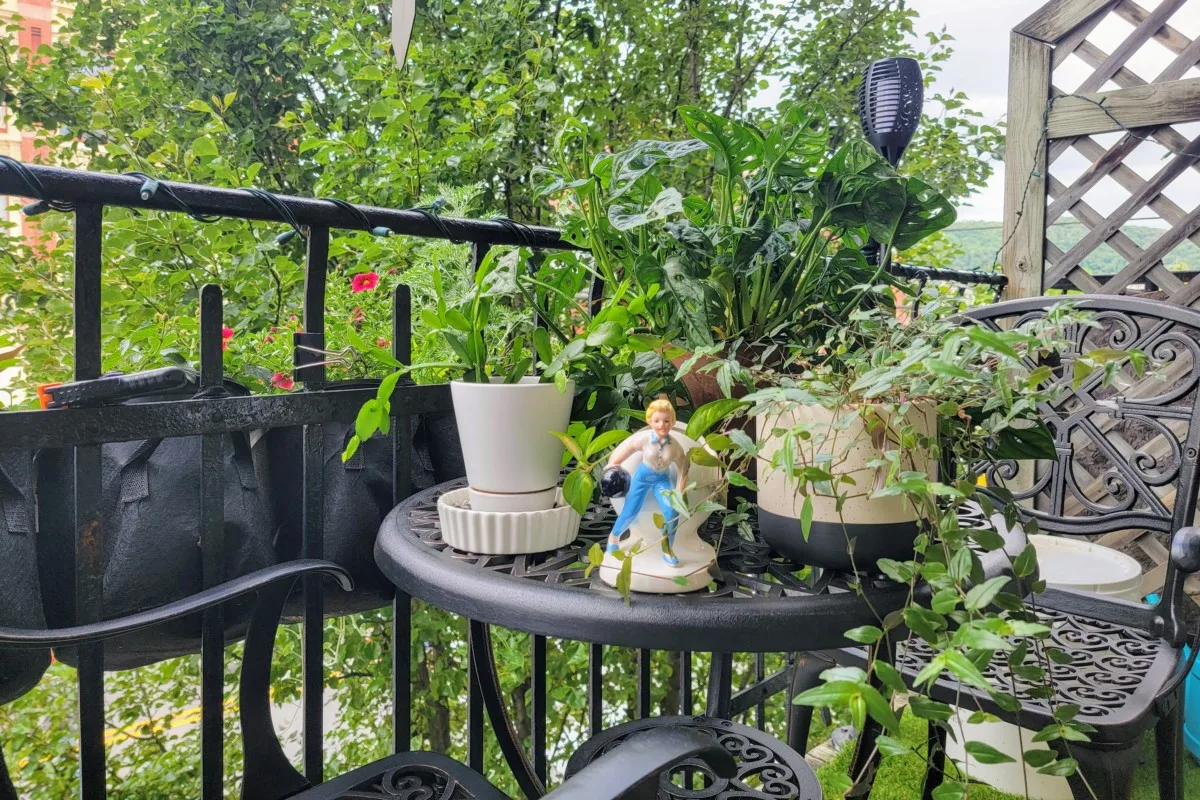
Just like you need to harden off transplants before putting them in the garden, you also need to give your indoor plants time to adjust to being outdoors. Take them outside only when the weather is consistently 65 degrees or warmer. And start by leaving them outside for an hour or so at a time, stretching that time a little further each day.
Nearly all houseplants are tropical and do not do well in cooler temperatures. If you plan on taking your houseplants outside, be sure nighttime temperatures do not fall further than the mid-50s.
Check the plants carefully to see how they are responding to being outside. Be on the lookout for browning on succulents (a sign of sunburn) and brown, crunchy or droopy leaves on other plants.
7. Placing Houseplants in Full Sun
When you think tropical, you think hot and sunny. Right? But your tropical houseplant won’t tolerate full sun. Most of the plants we grow as houseplants grow in tropical forests, well below a canopy of larger trees above them. They’re used to bright but indirect light filtering down through the trees.
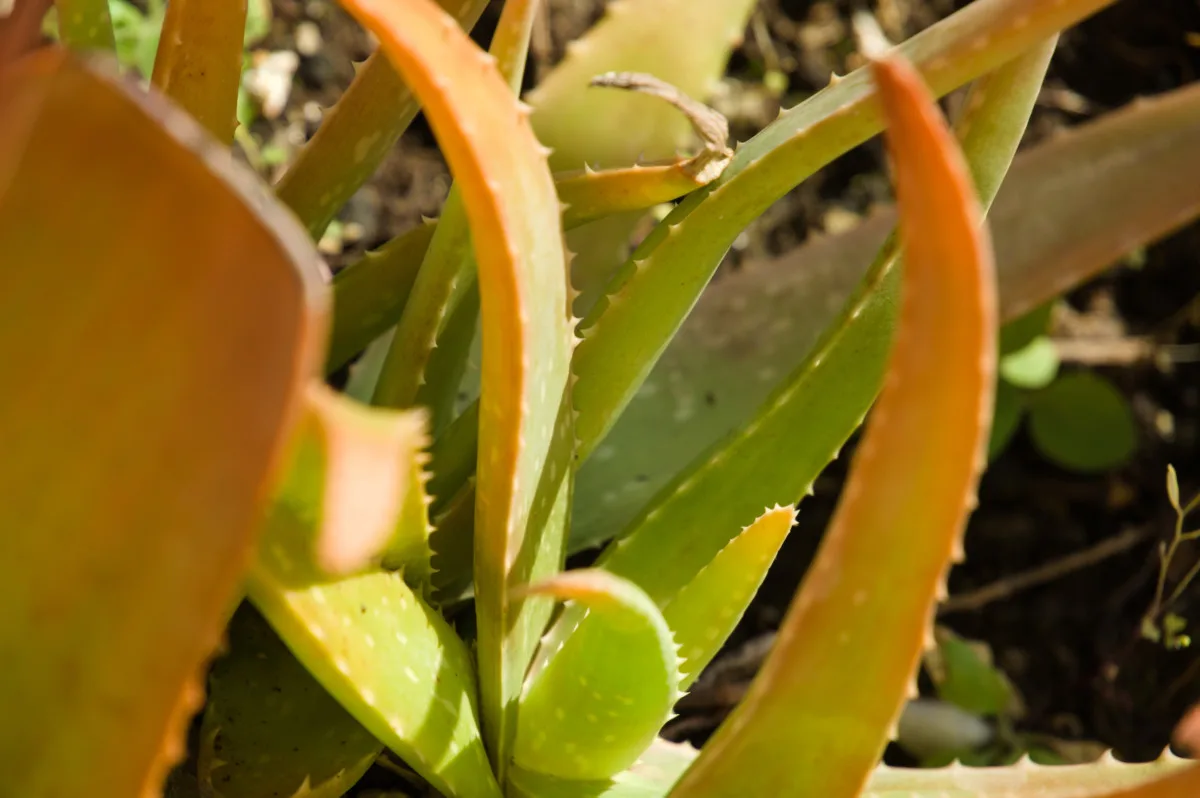
If you leave your houseplant outside in the full sun, even for a few hours, you’ll likely come back to a very unhappy plant. Find a spot on your patio or in your yard where your plant can enjoy diffused light or only a few hours of direct sunlight.
Moving plants outside for the summer takes a little extra planning but is easy enough to do. Mickey has a great guide on how to transition plants outdoors for the season.
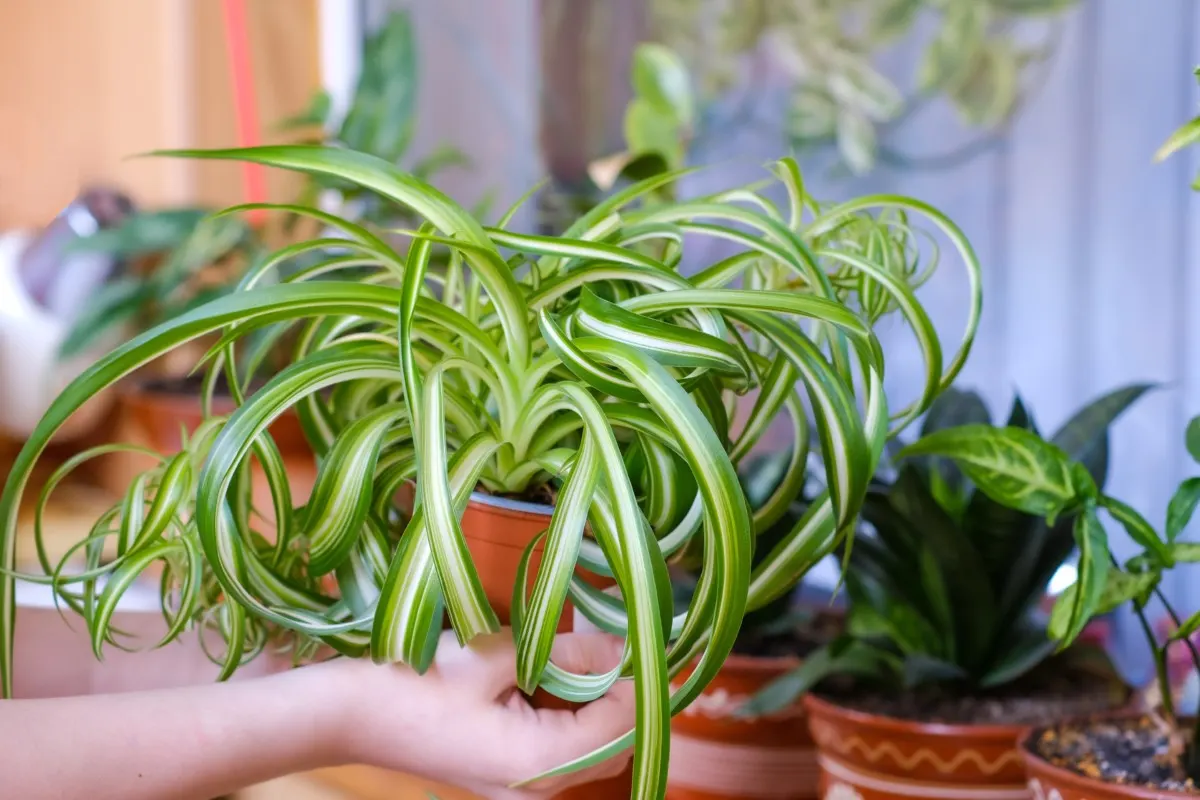
Summer houseplant care isn’t complicated. Most of it you already do, but you’ll need to do it more often in the warmer months. But if you take a little extra care during these warm months of growth, you’ll end the summer with larger, healthier plants to enjoy all winter long.
